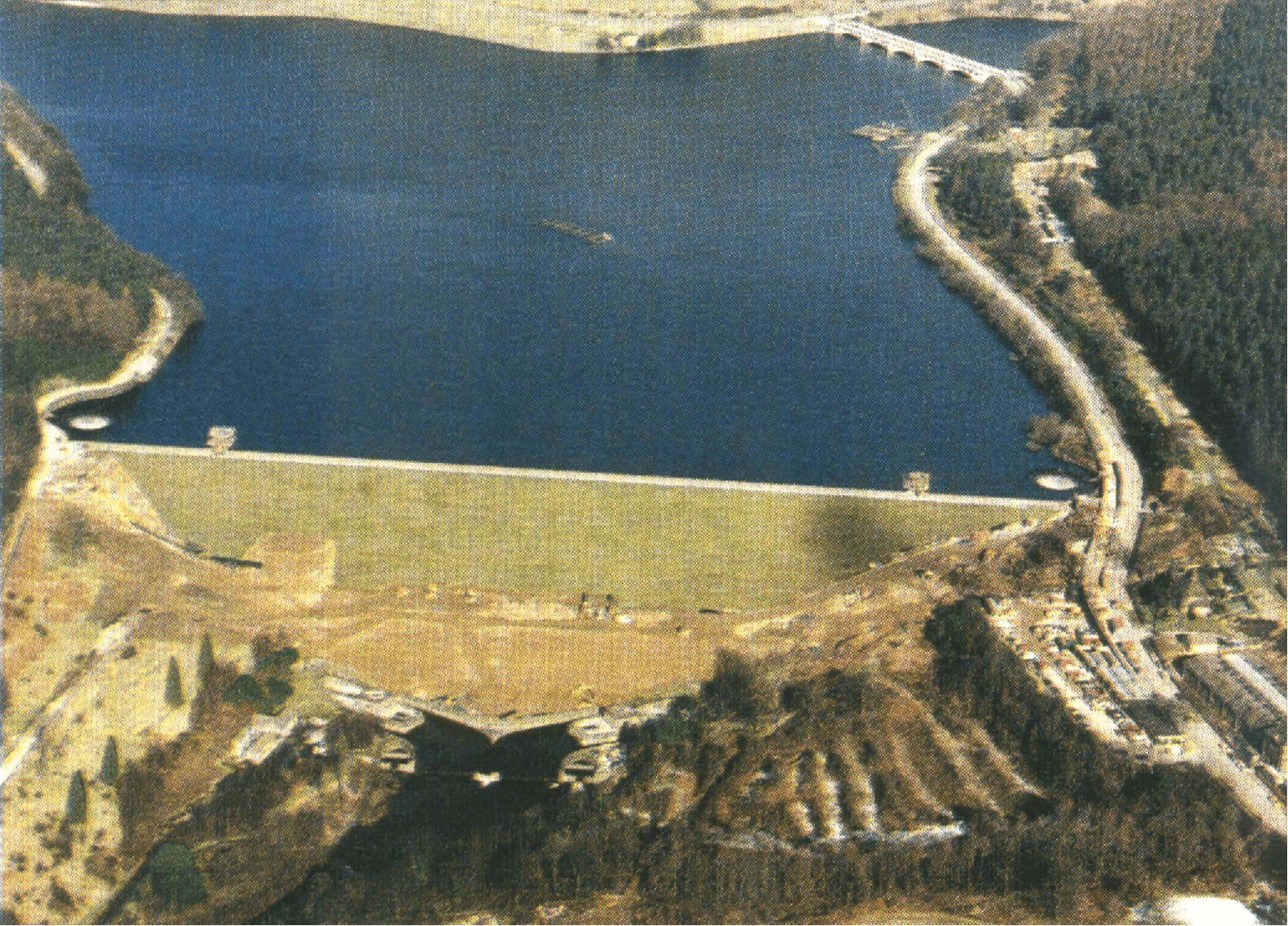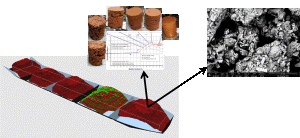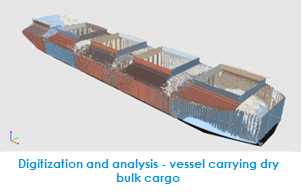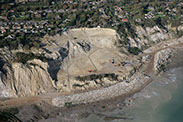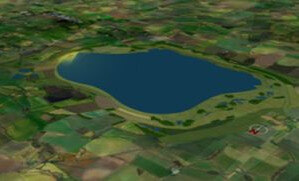
The bunded storage reservoir at the Upper Thames, considered to be built by Thames Water (TW) as a potential option to satisfy future demand for public water supply in the Thames Valley, was to be formed by an earthfill embankment 11km in length, with its height varying between 15m and 25m depending on the existing ground elevation along the embankment footprint. The embankment was designed as a homogeneous earthfill type maximising the use of on-site clay (and overburden) materials in the foundation and minimising the use of imported and expensive granular materials (sands and gravels).
Jacobs UK Ltd, acting as a main embankment designer for TW, commissioned GCG to carry out advanced finite element (FE) analyses of the proposed embankment for the Upper Thames Reservoir (UTR). The main objective of these analyses was to examine the stability of the proposed UTR embankment. In particular, given that the embankment was to be constructed on and from stiff plastic clays, it was necessary to check whether it was susceptible to progressive failure during construction, first impounding and subsequent operational cycles of drawdown and impounding.
To validate the methodology to be used in the analysis of the UTR embankment by comparing prediction with full scale field observation under geotechnically similar conditions, it was decided to undertake the back analyses of the Empingham Dam which was built in the early 1970s on a similar foundation (stiff plastic clays prone to progressive failure) to that beneath the proposed embankment at the UTR. Having successfully completed this task, it was possible to identify what further site and laboratory investigations were necessary for the analysis of the UTR. GCG was also involved in interpreting the results of the existing and ‘new’ site investigations and subsequent derivation of the model parameters for the analyses.
The analyses showed that construction of an embankment with relatively flat slopes on an ‘undrained’ foundation imposes concentration of shear strains towards the top of foundation where the foundation is weakest. However, at the UTR the amount of predicted shear strains was not enough to cause the progressive failure due to modelled ‘partial’ consolidation of the top of foundation into the embankment fill above, and consequently the embankment was stable during construction, first reservoir impounding and subsequent operation.
Location


